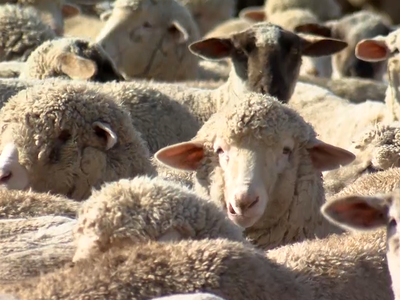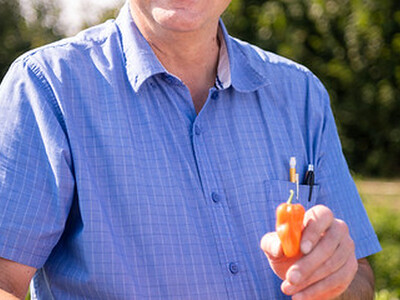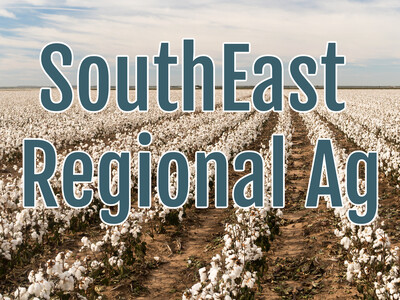Camelina as Possible Rotation Crop
Camelina As a Possible Rotation Crop
I’m KayDee Gilkey with the Northwest Farm and Ranch Report.
In dryland wheat country, there aren’t many alternatives for crop rotation. A crop beginning to gain interest is Camelina. Washington farmer Steve Camp has been growing Camelina in Whitman County for the past five years. He is very pleased with its rotation results.
Camp: “We are extremely limited as to what we can rotate with small grains and a Brassicaceae has already been proven to be a great asset to building the soil and helping create better crops and weed control. So Camelina is a Brassicaceae. It is a very old plant it just has never made it into the commercial arena up til now. So a lot of people haven’t heard about it and don’t know much about it.”
Camp: “It has a short tap root on it, nothing like Canola, so you don’t get the deep fractioning potential from this crop. But it still seems to lend itself to enhancing the following wheat crop. We’ve heard anywhere from 5 to 15 percent increase in the following wheat crop.”
Another benefit Camp shares is that camelina is a hardy crop.
Camp: “It is not a weed but it certainly grows like one in that it is a survivor. When put into a low rainfall area it naturally adapts to its surroundings. it has a little bit different growing DNA than what we are use to looking at with our wheat varieties. It does adapt quite well to changing climates. What Camelina really likes is growing degree days.”
I’m KayDee Gilkey with the Northwest Farm and Ranch Report on the Northwest Ag Information Network.













